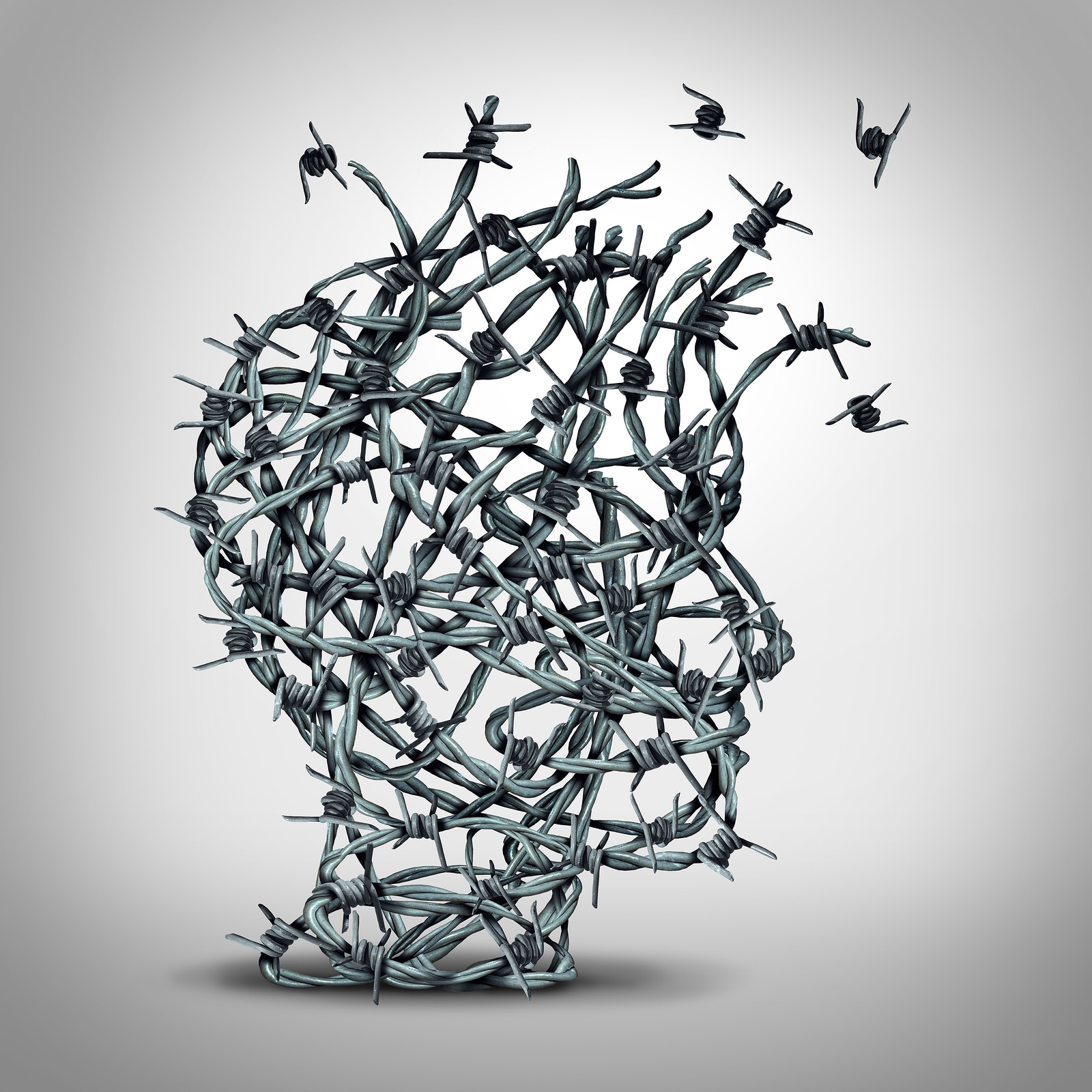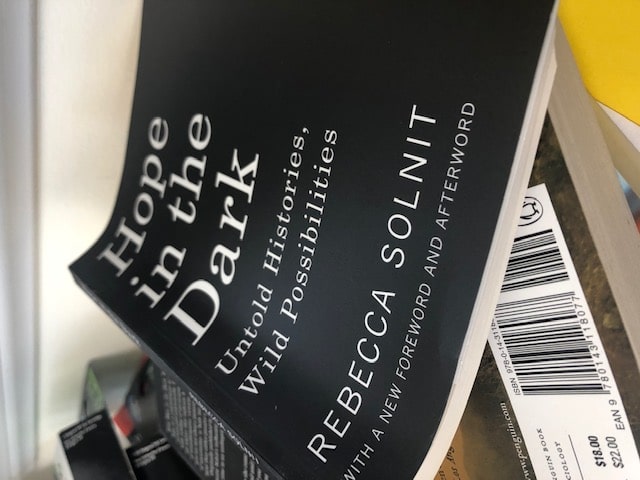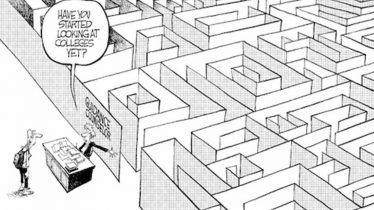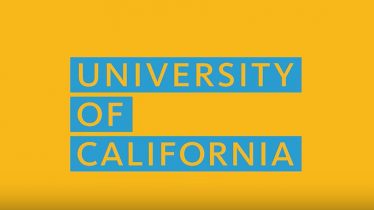College Essays, The Worry-Free Way
Gabrielle Glancy is focused, brilliant and knows her stuff. She is \”on\” every millisecond of the session. She makes you feel like you don\’t have to traverse this mountain alone. Idris Lepla, Yale University
Free Writing, emphasis on FREE, is the golden key to writing your college essays, and getting into college, THE WORRY FREE WAY.
Applying to college is stressful. Writing college essays is perhaps the most stressful part of the process.
Why is that?
Because writing is hard. Because writing winning essays is critical to your success in getting into college. And because you are required to write in a form you have never been taught — the Narrative Personal Statement.
In the process of taking students through the steps to writing a stand-out college essay, I often speak about the Free Write. In fact, the Free Write is the mainstay of my method.
Free writing is the act of getting everything out of your head and down on \”paper\” before worrying about what you\’re going to do with it.
Writing takes time. And writing is difficult. Anyone who writes for a living (like myself) will tell you this. And you probably know it already.
Of course there are those moments when you bang out an essay in 10 minutes flat — and it\’s the most brilliant thing you\’ve ever written.
I call this a \”dangerous piece of luck.\” It happens, but you can\’t count on it.
Because of the fact that writing is difficult and writing takes time, it\’s a good idea to start your college essays early. That\’s an understatement. It\’s imperative you start now!
Summer is a great time to begin your college essays.
Free from the pressure of the daily-grind-with-homework-on-top, you have the ability in summer to \”loaf and invite your soul.\” And I would advise you to do just that. Get ready to relax.
You must be thinking I\’m talking circles around you. Writing is difficult, but get ready to relax? What on earth could this writing guru mean? 😉
I do not advise you procrastinate on starting your college essays — and personally I would start with the Common App — but I do advise that you put off the pain of writing as long as possible!
There is always a moment of truth whenever you write in which you must break a sweat.
The idea is to do everything you can to delay that moment as long as possible.
Enter the FREE WRITE!
Once you have brainstormed ideas — and that\’s easy — it can be as simple as reading the prompts for the Common App essay or for the Personal Insight Questions and jotting down what comes to mind.
You could also, as I often do with students, list 5 significant moments in your life in which you went into an experience one person and came out slightly, or more than slightly, changed.
In reality, anything can serve as a prompt if it prompts you to write.
The idea is to FREE yourself enough to write what comes to mind about a moment, an object, a person, an experience that is or has been important to you.
You could write about a teacher you had.
You could write about a droid you tried to build.
You could write about the corner of your backyard you always believed was haunted!
It doesn\’t really matter. Anything you write about in great depth, from your heart, in the spirit of freedom, will reveal a lot about you.
Witness this essay on a student\’s obsession with calligraphy:
The Illuminati changed my life. Three years ago, I found my first ambigram in one of my favorite novels, Angels and Demons by Dan Brown. I turned the page, and there it was: the word “Illuminati” printed into the exact center of the book. It was styled like a newspaper masthead, exquisite and complex, yet oddly symmetric. Curious, I rotated the book upside-down. Impossibly, the inverted word was still “Illuminati”. Gazing closer, I realized that the letters, I-L-L-U-M, actually shaped a flipped I-N-A-T-I. Suddenly, I was reading it inboth directions. My eyes waltzed along the broad curves and sharp twists of the calligraphy, striking poses in a glamorous font against a sheet of creamy whiteness, sliding between the dense vertical strokes, peering at the edge of the defined serif as it angled away, then bent boldly toward me. Every line was deliberate, every flourish smiling with purpose, and the whole word balanced on the delicate cord that joined two letters into one. It was unforgettable. Ambigrams are words that can be read from different directions. Actually, “ambigram” is an umbrella term that encompasses dozens of distinct types of visual wordplay. The most popular ones are rotational, mirror image, and – my personal favorites – symbiotic ambigrams, which can spell two different things when viewed normally and upside-down. Compelled by the striking art, I could not help but try my own hand at designing ambigrams, and slowly I felt the pitiful stick-figure artist inside me shrink away as my inner energetic graphic designer sprang up. Before early volleyball tournaments, I woke myself up by filling up pages and pages of experimental letter combinations, gleefully satisfied at the way that a rounded lowercase “a” was a perfect upside-down lowercase “e”. In my AP Literature class, I drew “She’s a witch!” which revealed, when flipped,“Communist” to reflect Arthur Miller’s contemporary motives for writing The Crucible. On a challenge from a friend, I even drew an ambigram of “Jay-Z” and “Beyoncé” on a bumpy bus ride back from a Leadership retreat. In the last few months, I have also practiced drawing ambigrams as fast as I can. I dream about the day when I can effortlessly write out a message saying “Hi, how are you today?” normally and “The password is cherry268” upside-down, without pausing or rotating the paper. I imagine a world in which everyone had this ability, and could literally write two things at once. How would that change communication? Encryption? Trust? My legs swing comfortably from this innovative edge, excited to take a stab at the Answers. The best part about the ambigram is that it refuses to define itself as just onething. It is a linguistic passion, a cryptographic endeavor, an artistic design, and an ironic illusion. I relish the fact that ambigrams force both the artist and the audience to reject first glances and embrace secret identities. This may just be a nerdy obsession, but ambigrams have taught me more than how to sketch fancy words. Their multidimensional truth implies that my hobbies of both writing Italian sonnets and solving logic riddles are not opposing functions of my left and right brains, but rather, a perfect conglomeration of my passion for creating and solving puzzles. The beauty of the most surprising combinations reminds me to take bold risks in both my life and my designs. Above all else, ambigrams have taught me that I can create the impossible. I can make true and false the same word depending on something as simple as a 180-degree head turn. Victory can be defeat. Open can be closed. An amateur piano player with an obsession with cryptology can learn to program iPhone apps and get the game-winning kill at the varsity volleyball championship. A girl with divorced parents can make time for both families, and an inspired teenager from California can write her name into world history – both normally and upside-down.
While it is true that some prompts require more specific answers such as for the \”WHY\’s\” and the Personal Insight Questions, there will still be a need for freedom in writing in order to get something down on the page.
And in order to have that freedom, you have to get into the \”zone.\”
The \”zone\” is worry free.
It is a place where you can be yourself and check your inner critic at the door.

Sometimes to help a student get into the zone, I do an exercise in which we write a crazy short story in turns. I write a sentence; you write a sentence; I write a sentence; you write a sentence.
Since you never know what I\’m going to write, you are free to let yourself be in the moment and respond when the time comes.
Another favorite exercise to get students into the \”zone\” is to have them pick random phrases from a book — it could be any book, but I particularly like books about quantum physics — and then write using the phrase as a \”prompt.\”
Let me demonstrate:
I pull off my shelf a small book by Rebecca Solnit called Hope in the Dark.
The first phrase I see when I open the book:
Imagine what else could have sprung from that morning eight years ago.
Now it\’s my turn to write something that could follow this line. And here is what I wrote:
To jump ahead eight years from eight years ago lands me right here writing to you. But let me count back. Where was I living? What was I doing? Perhaps that was the year I witnessed a double homicide in Oakland, California. . .
(Sorry, dear reader, to be so grim. It\’s a true story, but I will save it for my next book . . 😉
A random phrase from someone else\’s book can prompt you to write an amazing essay!
Anything can, if you are open. And realize you can just write write write. And if you get yourself into the zone.
I often like to say you need to \”get lost in order to get found.\”
What do you do once you\’ve free written your little heart out?
You read what you\’ve written to figure out what you\’re trying to say!
But first, you must free write. Stream-of-consciousness, no regard for grammar, punctuation and spelling — but in FULL sentences.
Don\’t be tempted to use bullet points, except to jot down the ideas you came up with when you were brainstorming.
Allow yourself to go sentence by sentence into the unknown — and then you\’ll see that the book I pulled off the shelf randomly, maybe wasn\’t so random after all, as free writing will give you Hope in the Dark!
If you want to take a journey to the worry-free zone, I would love to be your guide. Click here to get started.




